Does livestock enhance or reduce crop commercialisation? A case of Singida in Central Tanzania
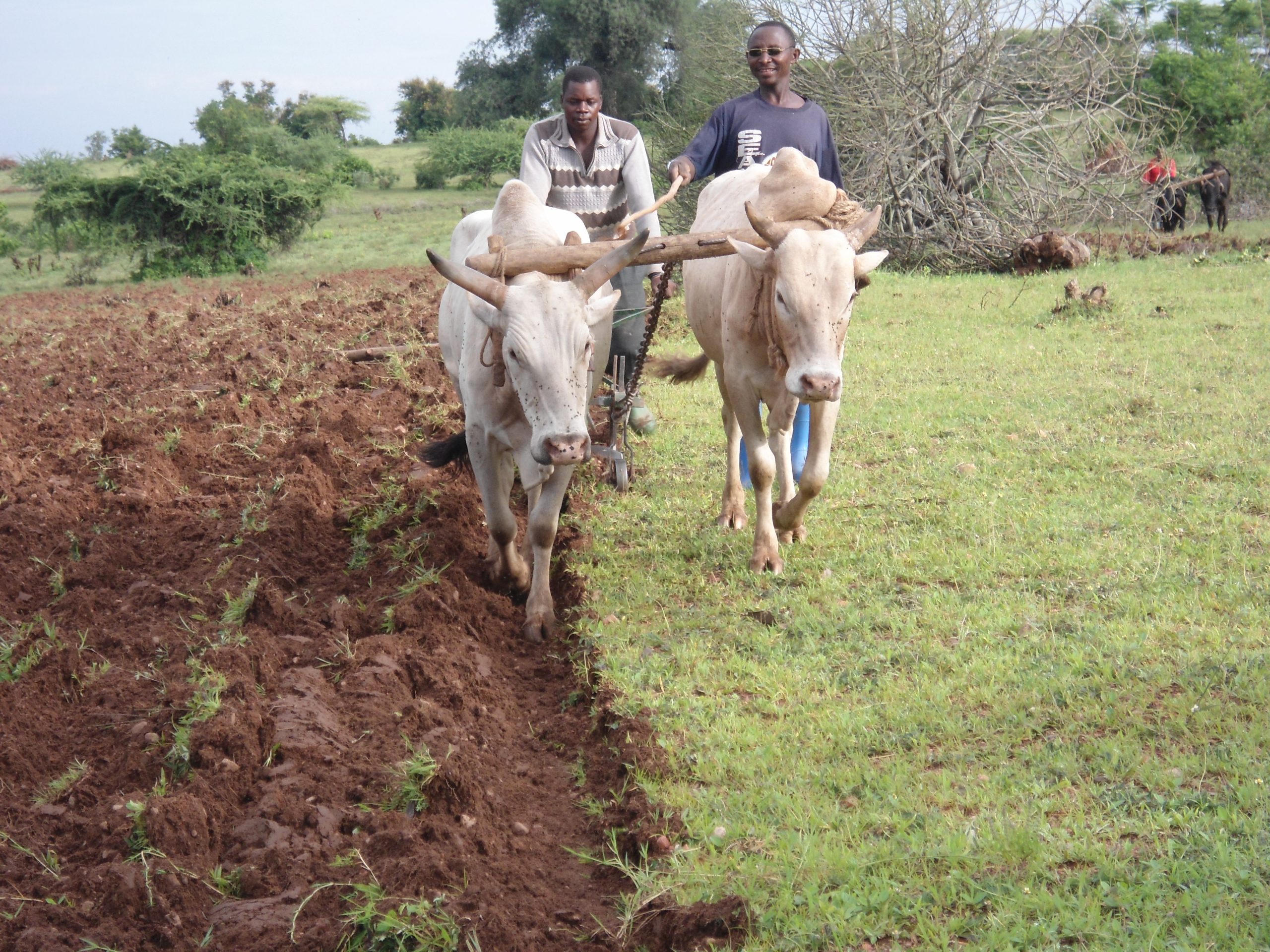
Written by: Ntengua Mdoe, Aida Isinika, Gilead Mlay, Gideon Boniface and Christopher Magomba
Livestock is an important component of mixed crop-livestock farming systems in Singida Region in Tanzania, contributing to household income, and reducing poverty in the region. The use of ox-plough to perform farm operations, such as ploughing, and the application of livestock manure are just some ways in which livestock can enhance crop commercialisation. However, livestock production can also reduce the need to expand crop production if livestock earns a farmer higher income, hence inhibiting crop commercialisation in mixed crop-livestock farming systems. This blog explains the differences in commercialisation and poverty levels of different farmer categories, as found in APRA Working Paper 65.
Study findings
The use of ox-plough, livestock manure and other productivity enhancing inputs
The study found that the use of ox-plough, livestock manure and other productivity enhancing inputs varies across different farmer categories. In addition, livestock-keeping households, male-headed households and medium-scale farmers used ox-plough and livestock manure more than households which did not keep livestock, female-headed households and small-scale farmers. The study also found that the use of ox-plough and livestock manure enhanced crop commercialisation, meaning that those households that did engage in the use of livestock inputs (namely, livestock keeping households, male headed households, and medium scale farmers) benefitted more from this increased commercialisation and its contribution to poverty reduction than their non-livestock-keeping, female-headed, small-scale counterparts.
Meanwhile, households which did not keep livestock used more inputs such as seeds, inorganic fertiliser and pesticides than that of livestock-keeping households. As was the case of ox-plough and livestock manure, more male-headed households used increased amounts of inputs than female-headed households and small-scale farmers.
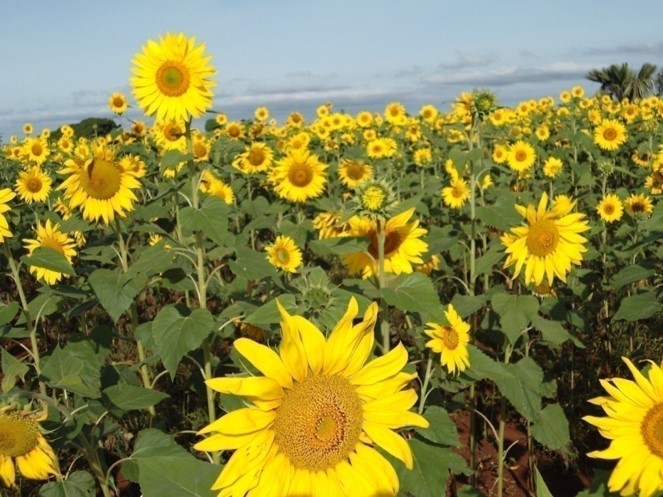
Immature sunflower 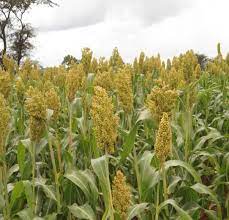
Sorghum 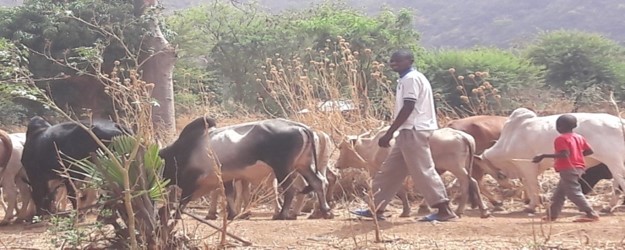
Livestock herd
Contribution of livestock to household income
The study found that besides the provision of oxen ploughing services and manure, livestock accounts for approximately 21% of total household income, which is approximately half of the amount of income that crops earn.
Conclusion and recommendations
The study shows that livestock ownership has enhanced crop commercialisation. This enhancement arose from the provision of oxen ploughing services and livestock manure, which improved soil fertility, consequently improving crop production. In this regard, the study recommends the promotion of a complementary relationship between crops and livestock farming systems in Singida. This can be achieved by promoting the use of manure to improve soil fertility, the use of animal power for land preparation, weeding, and transportation and the use of crop residues as livestock feed.
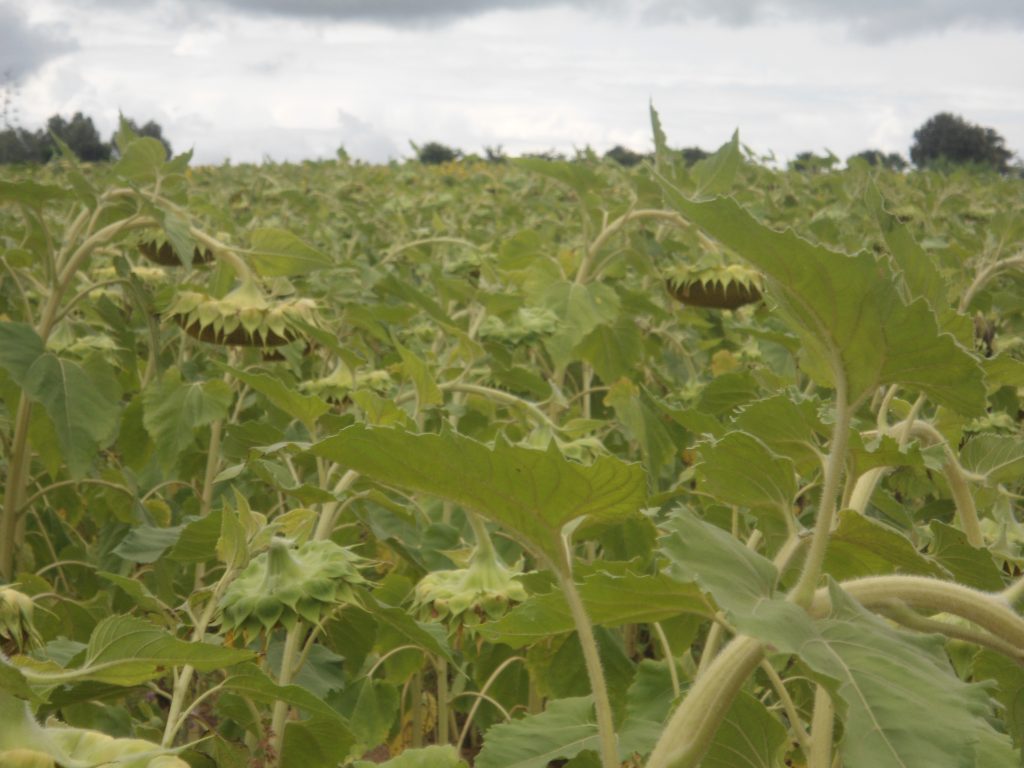
Sunflower crop at maturity stage 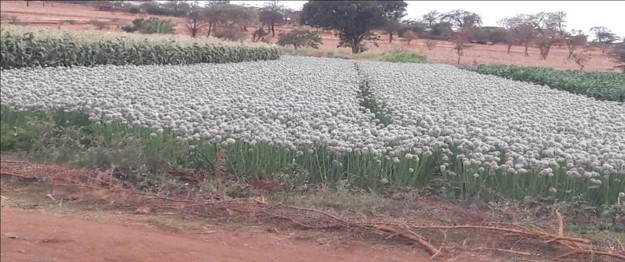
Onions at flowering stage
